Sustainable Interior Design for a Greener Future
Learn all about sustainable interior design and how it can improve your quality of life.
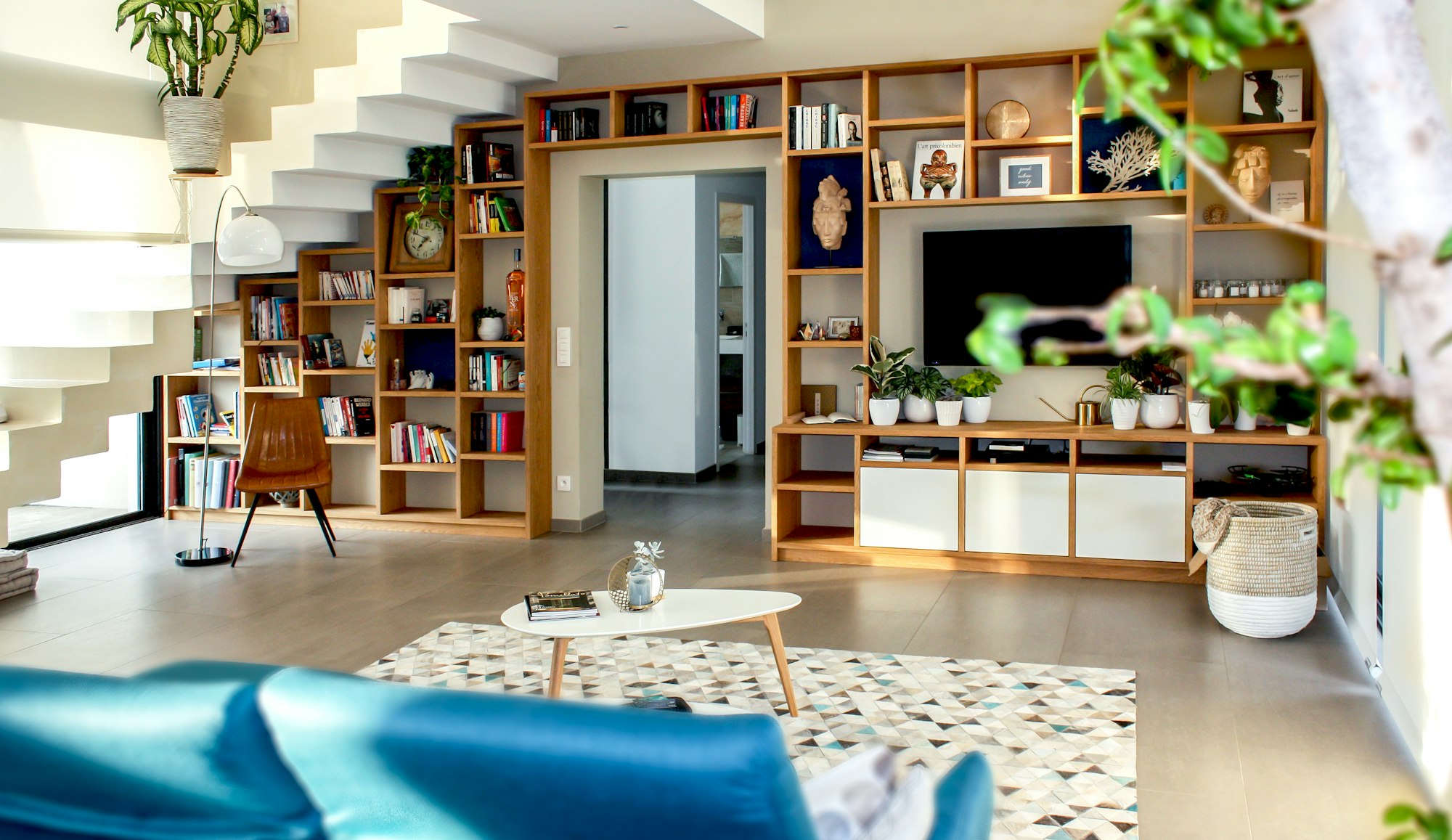
In recent years, sustainable interior design has emerged as a significant trend in home decor. As conscientious individuals, we are becoming increasingly aware of our choices' impact on the planet. Sustainable interior design focuses on creating spaces that are not only visually appealing but also environmentally responsible.
In this article, we explore the concept of sustainable interior design, its importance, and its numerous benefits. We'll also delve into its impact on both human and environmental health. To inspire your environmentally conscious approach to your interior design journey, we will share ten eco-friendly interior design ideas you can easily implement in your home.
What's in this post:
What is sustainable interior design?
Why is sustainable interior design important?
Benefits of sustainable interior design
Technology in sustainable design
What is sustainable interior design?
Sustainable interior design refers to creating living spaces that have a minimal negative impact on the environment and our health. It involves the thoughtful selection of materials, using recycled materials and energy-efficient appliances, and incorporating sustainable design principles to reduce waste.
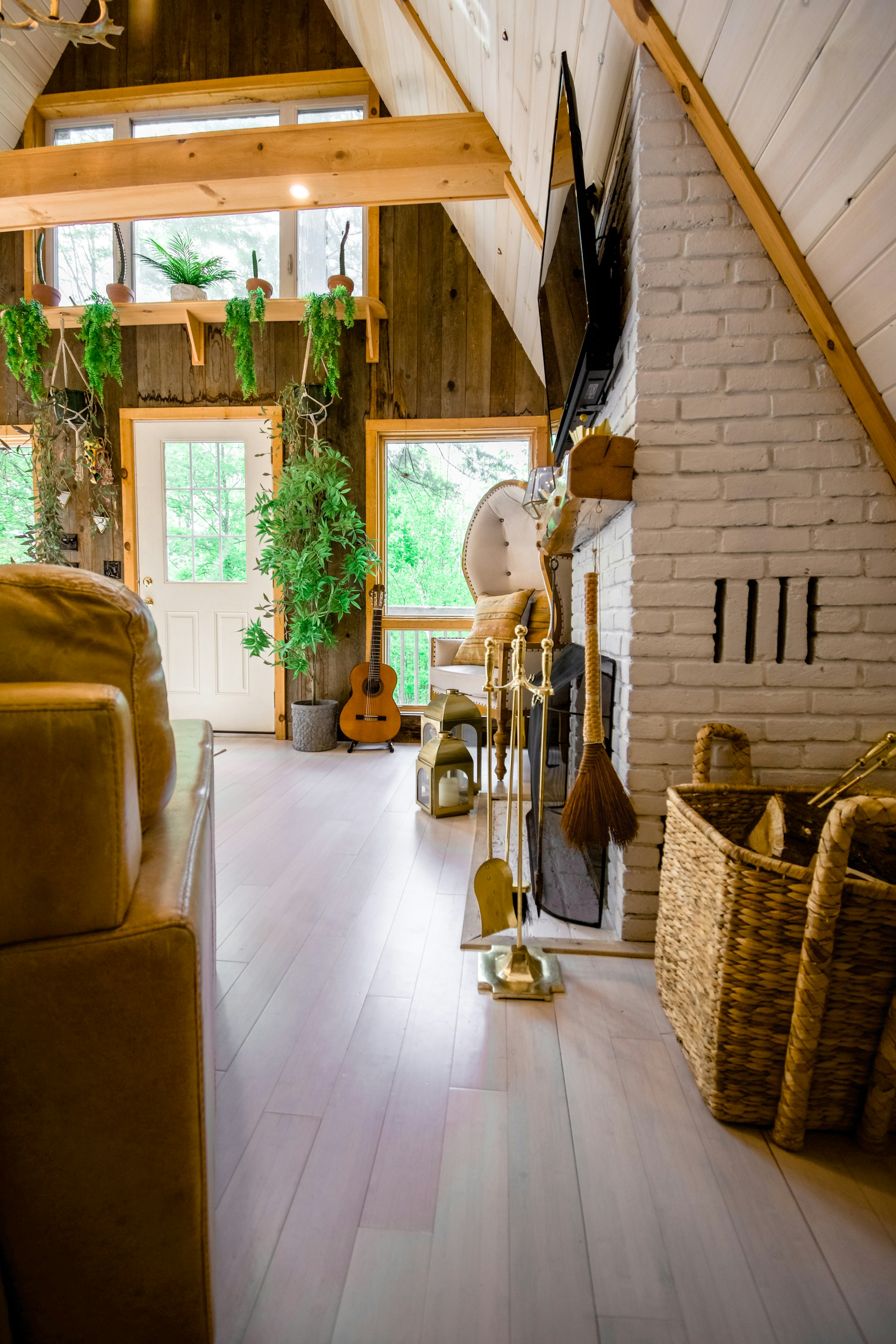
This eco-conscious design philosophy considers the entire lifecycle of a product or material, from sourcing to disposal. It aims to promote environmental stewardship while improving the quality of our living spaces.
Why is sustainable interior design important?
As we spend most of our time indoors, the environments we create profoundly impact our well-being. Our choices, including interior design, significantly affect the planet.
Sustainable interior design, also referred to as green interior design, is crucial for several reasons:
- It helps preserve our natural resources by minimizing the depletion of raw materials.
- It reduces waste generation and promotes recycling and upcycling, fostering a circular economy.
- It encourages healthier living environments for us and future generations.

Every decision has an environmental footprint, from the materials we use in our interior design projects to the energy consumed by our appliances. By embracing sustainable design, we can contribute to preserving our planet for future generations.
Benefits of sustainable interior design
There are many benefits to sustainable interior design practices. These include:
- Reduced environmental footprint
- Waste reduction
- Improved indoor air quality
- Lower energy consumption and utility bills
- Create healthy living spaces
- Increased property value
- Support for local artisans and sustainable businesses
- Stimulated creativity through innovative design solutions
Sustainable interior design’s Impact on health and well-being
Sustainable interior design refers to creating living spaces that have a minimal negative impact on the environment and our health. It involves using sustainable building materials, energy-efficient lighting and appliances, and incorporating sustainable design principles to reduce waste.

Sustainable interior design's impact the environment
Sustainable interior design is a step towards a more responsible and respectful relationship with our planet. Using environmentally friendly materials and appliances significantly reduces the negative impact of our homes on the environment.
Using sustainable materials such as bamboo, reclaimed wood, or recycled glass helps preserve forests, reduces carbon emissions and minimizes waste. Energy-efficient appliances and smart home systems further minimize energy consumption and decrease our carbon footprint.
Technology in sustainable design
Technology plays a significant role in creating sustainable design architecture. From smart home systems that manage energy usage to innovative recycling methods for construction materials, technology is paving the way for more sustainable practices in interior design. It's an exciting time as technology evolves and provides us with more tools to create sustainable homes.
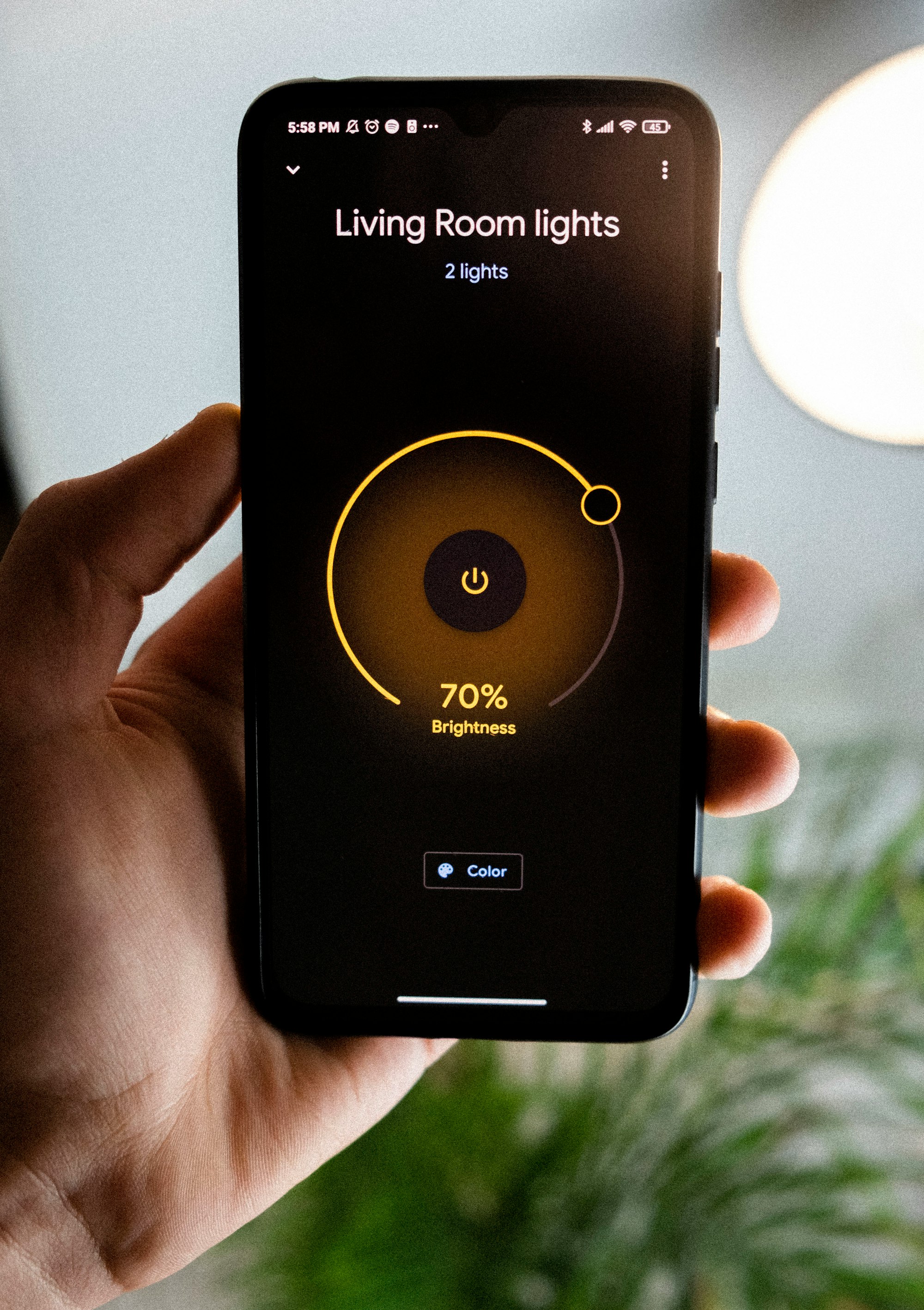
Top 10 eco-friendly interior design ideas
Here are 10 eco-friendly ideas to help you create an environmentally sustainable home. These sustainable interior design ideas will help you minimize your carbon footprint, reduce waste and create a healthier living space for you and your family.
Embrace these practices to enjoy the benefits of a sustainable home and inspire others to make eco-conscious choices in their interior design projects to create sustainable spaces.
Maximize efficient use of space
Efficient use of space is an essential aspect of sustainable interior design. By optimizing the layout and functionality of your home, you can reduce the need for excess square footage and minimize resource consumption during construction.
Consider multifunctional furniture, such as storage ottomans or sofa beds, to maximize space and storage. Explore creative solutions like built-in shelving or under-stair storage to keep your living areas clutter-free.
Include energy-efficient design and architecture
When designing or renovating your home, incorporate energy-efficient design principles. This may include strategically placing windows to maximize natural light and ventilation, utilizing shading devices to reduce heat gain, or incorporating proper insulation to minimize heat loss. Energy-efficient design reduces your carbon footprint and decreases utility bills over time.

Hire a sustainable interior designer
Consider engaging the services of sustainable interior designers or sustainable interior design firms with expertise in environmentally conscious design practices. They can help you make informed decisions about sustainable materials, energy-efficient appliances, and eco-friendly design solutions tailored to your needs. Collaborating with a sustainable interior designer ensures that your project aligns with green design principles from start to finish. You can even hire an interior designer online to get the job done in a sustainable way.
Choose furniture made from recycled or sustainable materials
Opt for sustainable interior design materials like furniture crafted from recycled or sustainably sourced materials. Look for items made from reclaimed wood, bamboo, or recycled plastic. These materials reduce the demand for new resources and add a unique touch to your space. Supporting furniture manufacturers that prioritize sustainability encourages the growth of eco-friendly practices in the industry.
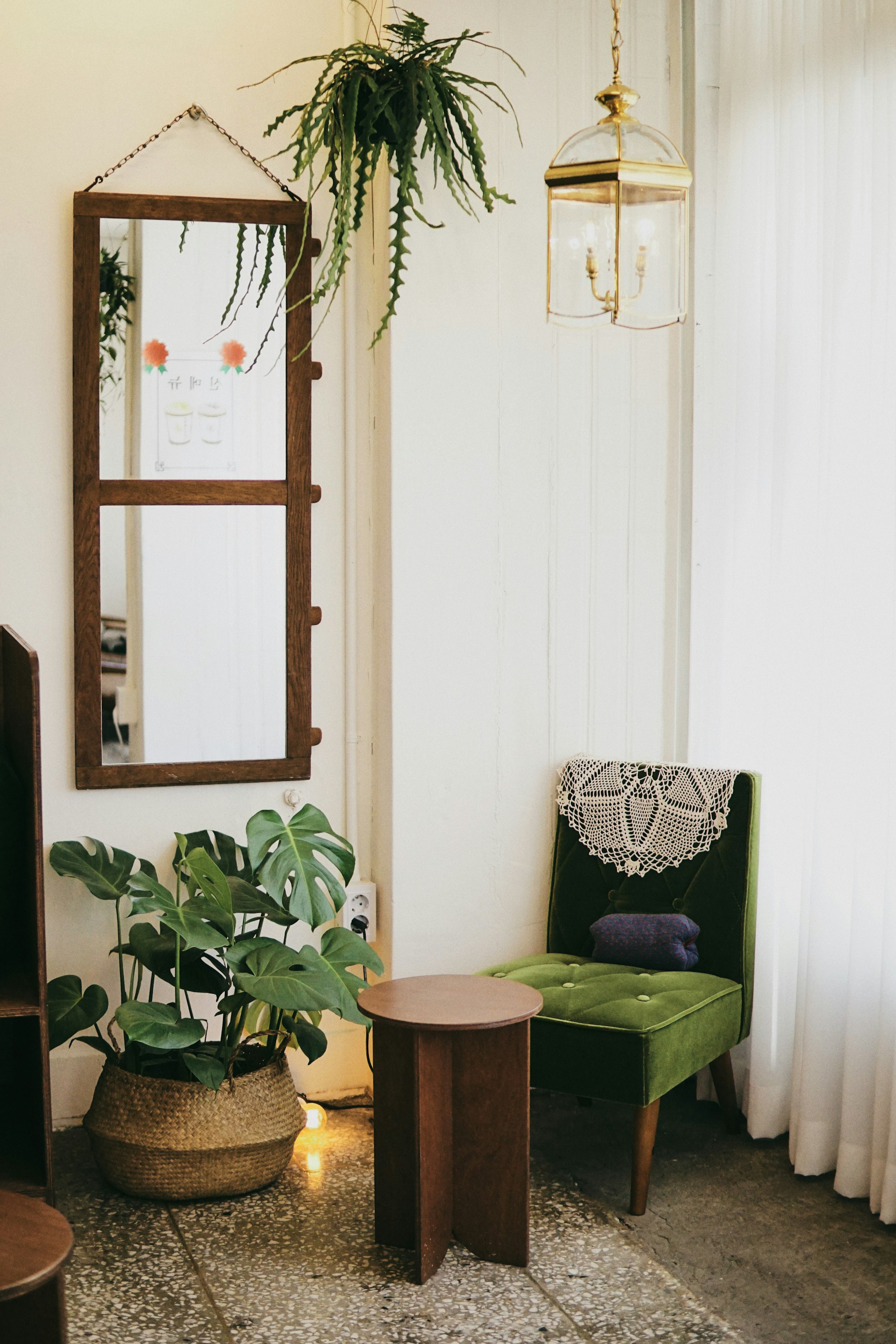
Incorporate energy-efficient led lighting
Replace traditional incandescent bulbs with energy-efficient LED lighting. LED bulbs consume significantly less energy, have a longer lifespan and emit less heat. Switching to LED lighting can reduce energy consumption and lower electricity bills. Additionally, consider further installing dimmer switches or motion sensors to optimize energy usage in different areas of your home.
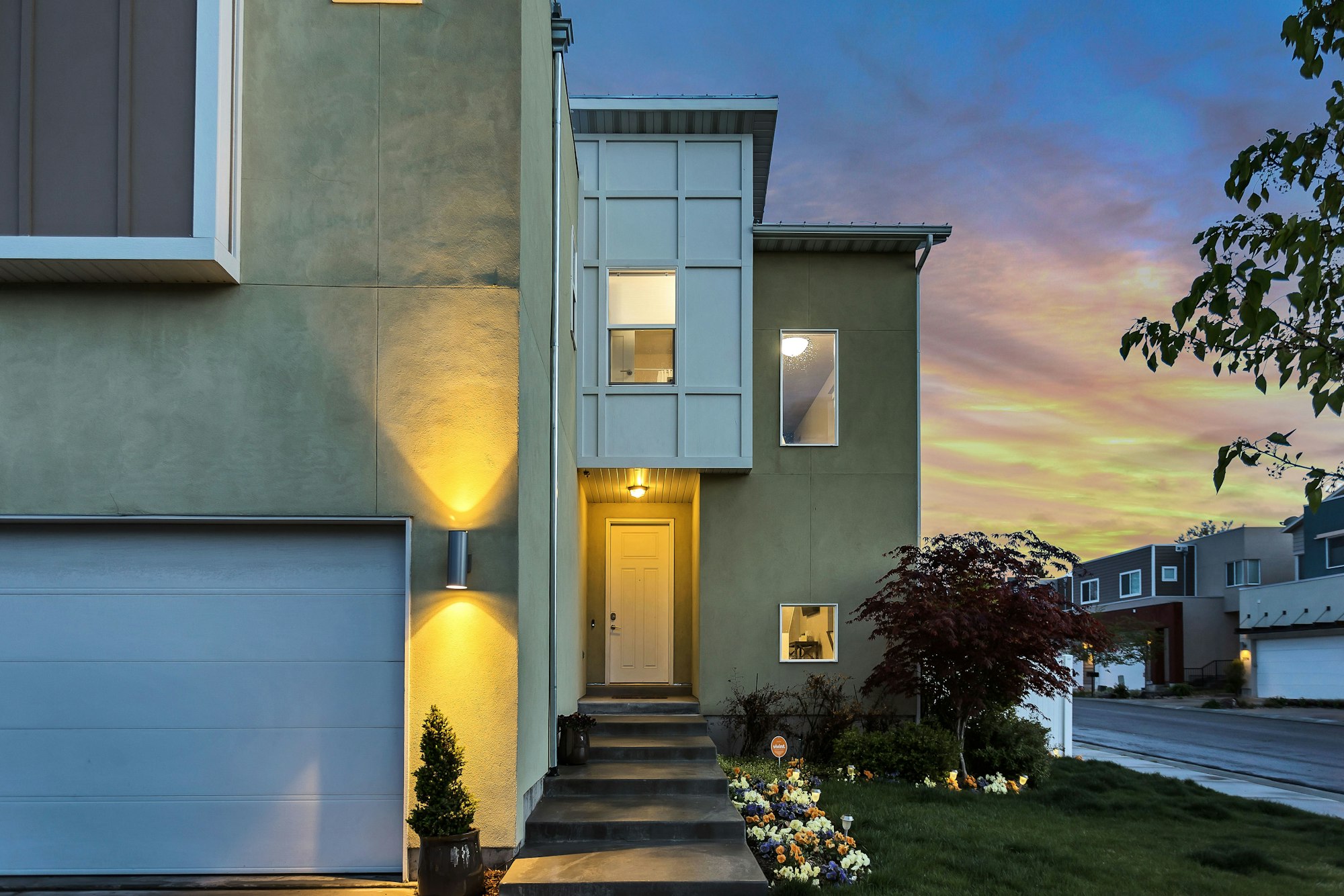
Use low-VOC paints and finishes
Choose low-VOC (volatile organic compound) paints and finishes for your walls, furniture and cabinetry. Traditional paints release harmful chemicals into the air, contributing to indoor air pollution. Opting for low-VOC alternatives reduces the emission of toxic compounds, creating a healthier indoor environment for you and your family. Look for eco-friendly paint brands that offer a wide range of colors and finishes.
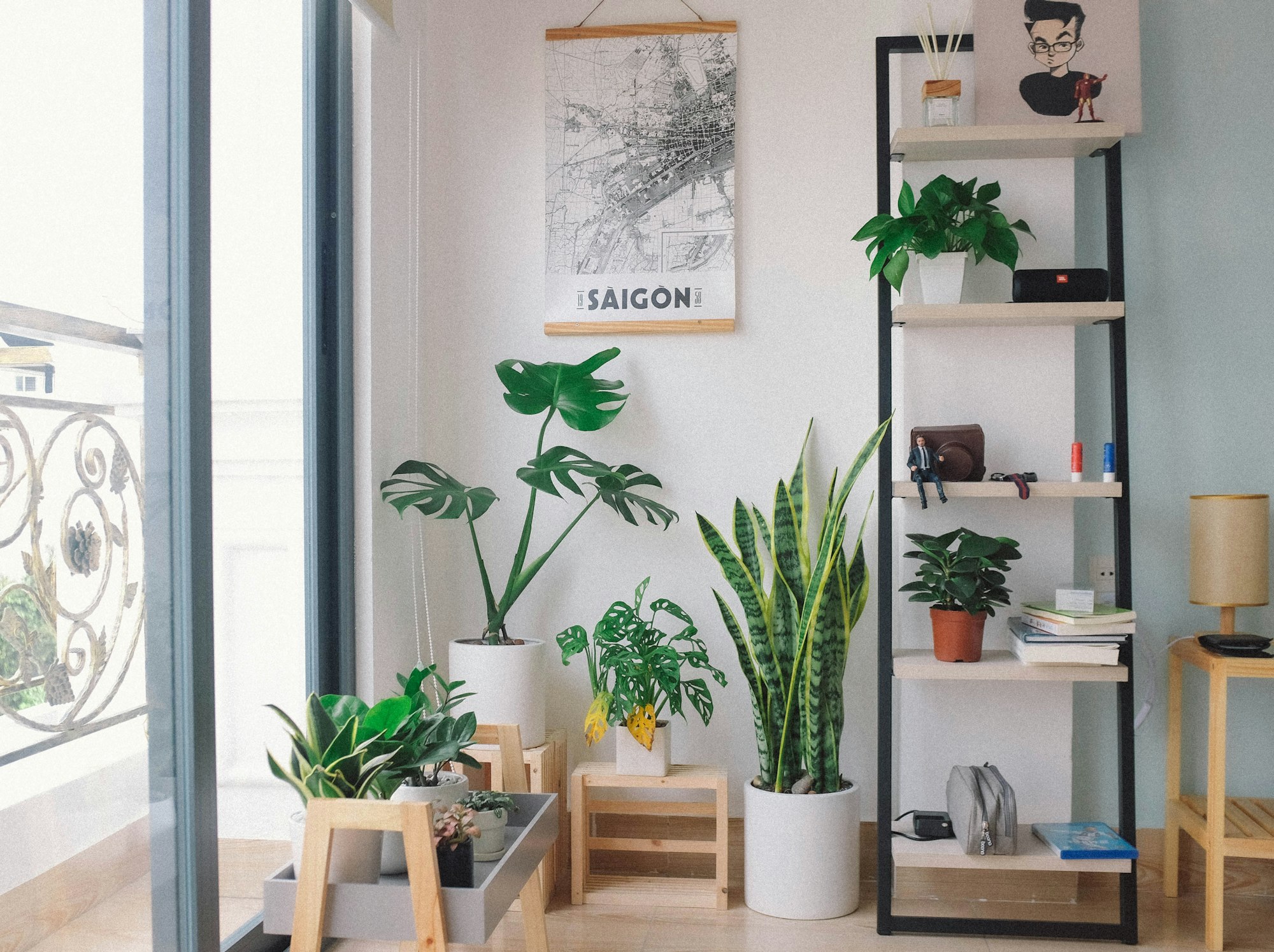
Opt for natural and organic textiles
Opt for natural and organic textiles when selecting upholstery, curtains, and bedding. Organic cotton, hemp, linen and wool are sustainable alternatives to synthetic fabrics. They are free from harmful chemicals and pesticides, reducing the environmental impact of textile production. Incorporating natural textiles into your home adds warmth, texture, and a touch of luxury while promoting a healthier living environment.
Add indoor plants to improve air quality
Introduce indoor plants to enhance the air quality and aesthetics of your space. Plants naturally purify the air by absorbing harmful pollutants and releasing oxygen. They also create a calming and refreshing ambiance.
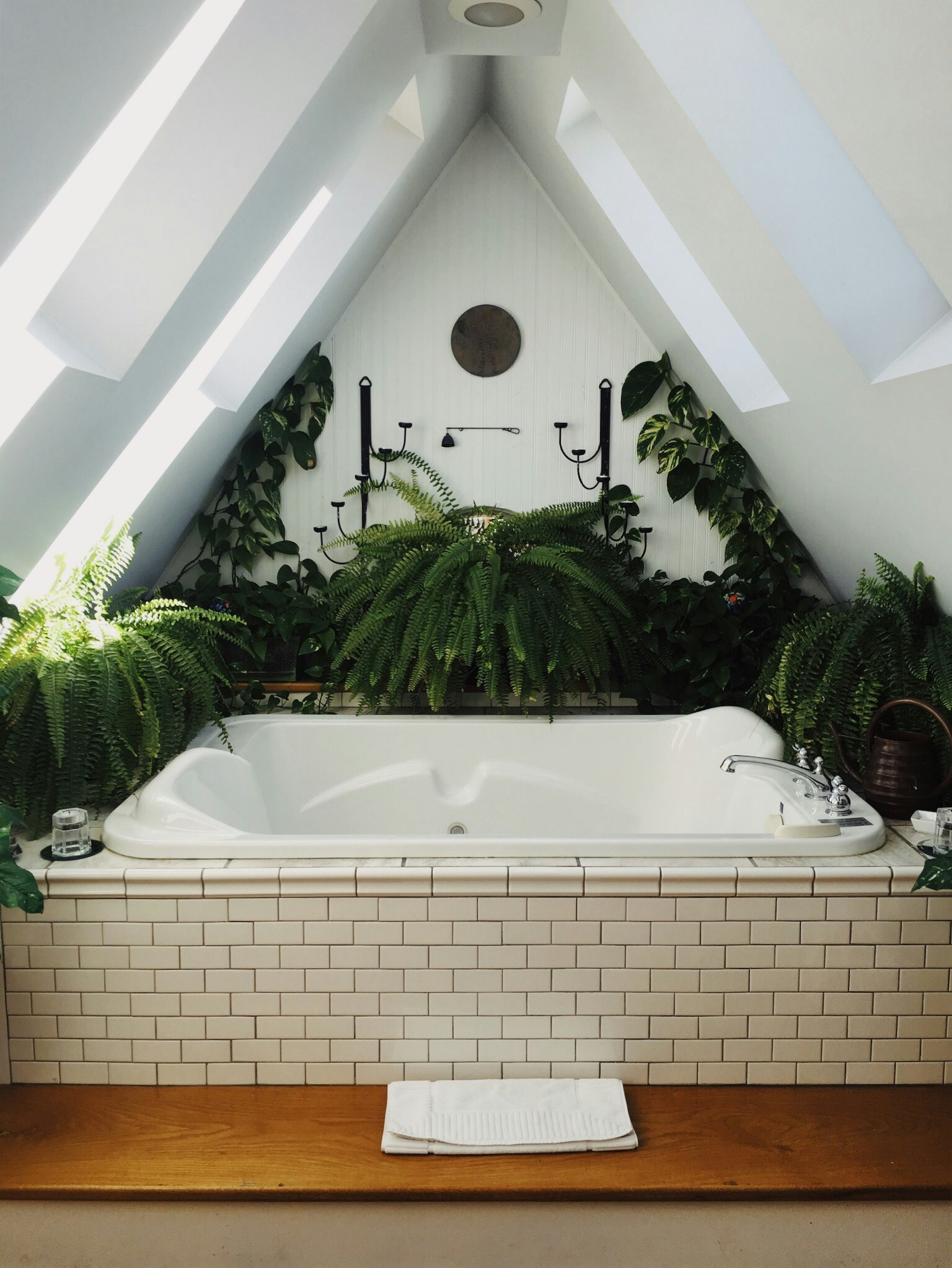
Choose low-maintenance plants like pothos, snake plants, or peace lilies, which thrive in indoor environments with minimal care. Place them strategically throughout your home to enjoy their air-purifying benefits.
Install water-saving fixtures
Make your home more water-efficient by installing water-saving fixtures. Replace old faucets, showerheads and toilets with low-flow alternatives. These fixtures reduce water consumption without compromising functionality. Additionally, consider implementing rainwater harvesting or greywater recycling systems to utilize water efficiently for irrigation.

Implement proper insulation to reduce heat loss or gain
Proper insulation is crucial for maintaining a comfortable and energy-efficient home. Insulating your walls, floors, and roof helps minimize heat loss during winter and heat gain during summer.
This reduces the reliance on artificial heating and cooling systems, resulting in lower energy consumption and cost savings. Consider using sustainable insulation materials such as recycled cellulose or natural fibers like sheep's wool or cork.
Conclusion
Sustainable design architecture enhances our personal spaces and contributes to global efforts to preserve our planet. We can create beautiful, functional spaces by using sustainable interior design materials and implementing eco-friendly design practices while minimizing our environmental impact.
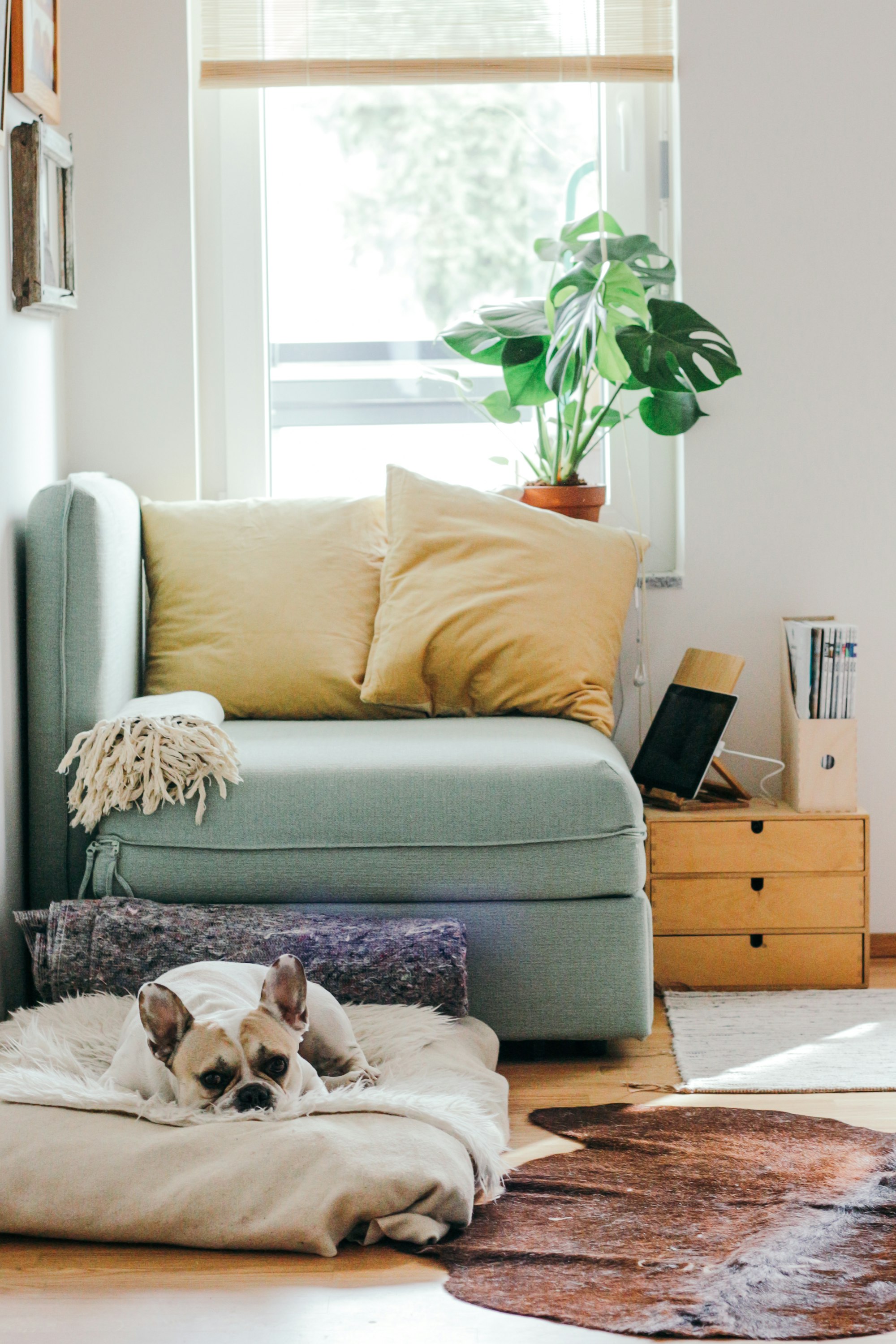
The benefits of sustainable architecture design extend beyond aesthetics, positively impacting our health, well-being, and the planet we call home. Embrace the challenge of creating a sustainable home and inspire others to follow suit. Together, we can make a significant difference and foster a greener future for generations to come.
FAQ
What is sustainable interior design?
Sustainable interior design refers to creating living spaces that are environmentally responsible, energy-efficient and promote healthier living. It involves utilizing sustainable interior design materials, reducing waste, conserving energy, and incorporating design principles that prioritize environmental stewardship.
What are sustainable interior design examples?
Using sustainably sourced wood or bamboo for flooring, furniture, or accent pieces is an example of sustainable interior design. These materials are sourced from existing structures or sustainably managed forests, reducing the need for new resource extraction. Another example is incorporating energy-efficient LED lighting throughout the home, which helps minimize energy consumption and reduce carbon emissions.
How do you implement sustainable interior design?
To implement sustainability in interior design, choose eco-friendly and reclaimed materials, opt for low-VOC paints and finishes to improve indoor air quality, incorporate energy-efficient appliances and smart home technology, maximize natural light and ventilation, use water-saving fixtures like water efficient faucets and implement efficient water management systems.
What are the pillars of sustainable design?
The pillars of sustainable design include environmental responsibility, promoting fair and inclusive design practices that benefit all individuals and communities, balancing the economic aspects of design, investing in sustainable practices, supporting local artisans and businesses, and prioritizing the health and well-being of residents.
